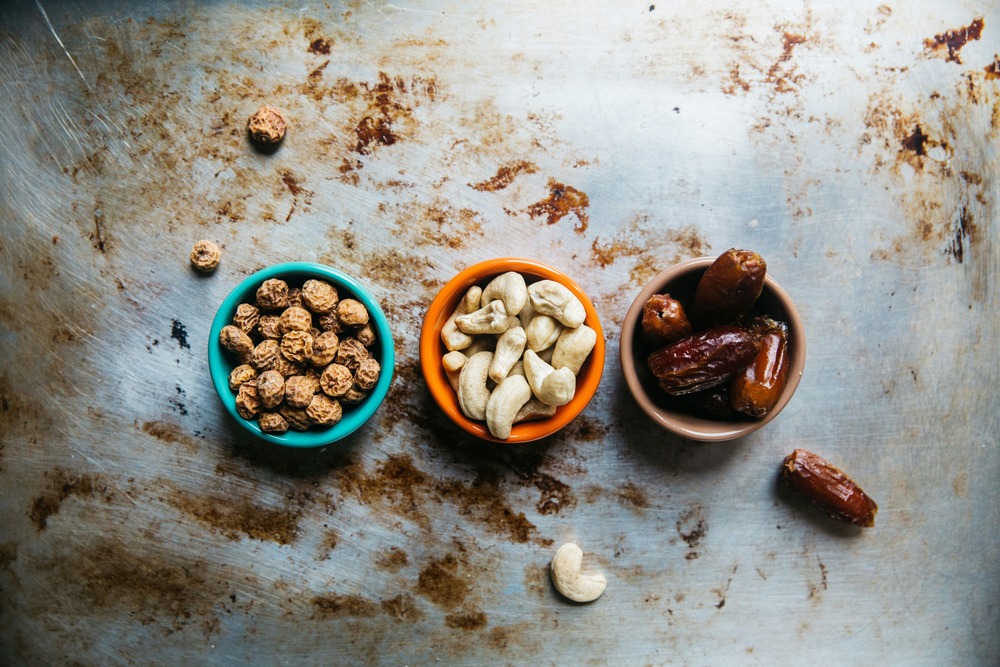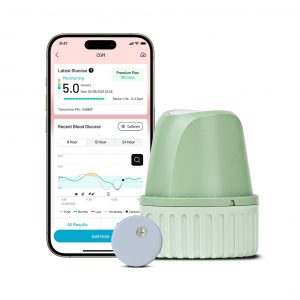
Going to Bed Hungry Can Be Dangerous—If You’re Diabetic!
 For individuals with diabetes, managing blood sugar levels is a delicate balancing act that doesn’t stop when the day ends. Going to bed hungry may seem harmless, but it can lead to serious complications, especially for those on insulin or other blood sugar-lowering medications. Experts warn that sleeping on an empty stomach can cause unstable blood sugar levels during the night, potentially resulting in nocturnal hypoglycaemia—a condition that can have significant health consequences.
For individuals with diabetes, managing blood sugar levels is a delicate balancing act that doesn’t stop when the day ends. Going to bed hungry may seem harmless, but it can lead to serious complications, especially for those on insulin or other blood sugar-lowering medications. Experts warn that sleeping on an empty stomach can cause unstable blood sugar levels during the night, potentially resulting in nocturnal hypoglycaemia—a condition that can have significant health consequences.
What is Nocturnal Hypoglycaemia?
Nocturnal hypoglycaemia occurs when blood sugar levels drop too low during sleep. This can leave diabetics waking up in a cold sweat, feeling disoriented, or even facing severe complications if the condition goes unchecked. For diabetics, this isn’t just a minor inconvenience—it’s a serious health risk that can disrupt overall blood sugar management and lead to long-term complications.
The Dawn Phenomenon: A Morning Blood Sugar Spike
Adding to the complexity of night-time blood sugar management is the dawn phenomenon. This natural rise in blood sugar levels occurs between 2 a.m. and 8 a.m., triggered by the body’s release of hormones like cortisol, glucagon, and growth hormone. These hormones increase insulin resistance and prompt the liver to release glucose into the bloodstream, leading to higher-than-normal blood sugar levels upon waking.
While the dawn phenomenon is different from nocturnal hypoglycaemia, the two are closely related. In some cases, nocturnal hypoglycaemia can trigger the Somogyi effect, where the body overcompensates for low blood sugar by releasing too much glucose, resulting in high morning blood sugar levels. This can sometimes be mistaken for the dawn phenomenon, making it even more important to manage blood sugar levels carefully during the night.
Continuous Glucose Monitoring: An Innovative Tool for Night-time Management
 Managing blood sugar levels overnight can be challenging, but technology is making it easier. Continuous Glucose Monitors (CGMs) are an innovative tool that provides real-time insights into blood sugar levels, offering a game-changing solution for diabetics.
Managing blood sugar levels overnight can be challenging, but technology is making it easier. Continuous Glucose Monitors (CGMs) are an innovative tool that provides real-time insights into blood sugar levels, offering a game-changing solution for diabetics.
A CGM tracks glucose levels 24/7, alerting users to dangerous drops or spikes, even while they sleep. This allows diabetics to take immediate action if their blood sugar falls too low during the night, reducing the risk of complications like nocturnal hypoglycaemia. Additionally, CGMs can help identify patterns, such as the dawn phenomenon, enabling more precise adjustments to medication, diet, and lifestyle.
By providing a clearer picture of how blood sugar fluctuates overnight, CGMs empower diabetics to make informed decisions and take control of their health like never before.
Smart Snack Choices Before Bed
To avoid night-time blood sugar swings, making the right snack choices before bed is crucial. While it might be tempting to reach for something sugary or carb-heavy, these options can cause a rapid spike in blood sugar followed by a sharp drop—exactly what diabetics want to avoid.
 Instead, opt for small portions of protein- or fibre-rich snacks that help stabilise blood sugar levels throughout the night. Some great options include:
Instead, opt for small portions of protein- or fibre-rich snacks that help stabilise blood sugar levels throughout the night. Some great options include:
- Cheese
- Whole-grain crackers
- Nuts
These snacks not only help prevent nocturnal hypoglycaemia but can also mitigate the effects of the dawn phenomenon, ensuring a smoother start to the day.
Tips for Better Night-time Blood Sugar Control
Managing blood sugar levels overnight doesn’t have to be overwhelming. Here are some practical strategies to help diabetics stay in control:
- Monitor Blood Sugar Regularly: Use a CGM or check your blood sugar levels before bed and in the morning to identify patterns.
- Consult Your Doctor: Work with your healthcare provider to adjust medication timing or dosage if needed.
- Stick to Consistent Meal Times: Regular eating patterns, including a balanced evening meal, can help stabilise blood sugar levels.
- Choose the Right Bedtime Snacks: Opt for protein- and fibre-rich options to maintain stable blood sugar levels overnight.
- Stay Active: Regular exercise improves insulin sensitivity and overall blood sugar control.
While a bedtime snack can be helpful, experts caution against making it a nightly habit. Regular late-night snacking can lead to weight gain, which may indirectly worsen diabetes management. The goal is to strike a balance—address hunger when necessary, but avoid overindulgence.
For diabetics, managing hunger before bedtime is about more than just comfort—it’s about maintaining stable blood sugar levels and preventing complications. By understanding the interplay between nocturnal hypoglycaemia and the dawn phenomenon, and by leveraging innovative tools like CGMs, diabetics can make smarter choices about their evening routines. With the right bedtime snacks, consistent monitoring, and a proactive approach to blood sugar management, individuals can wake up feeling healthier, more energised, and ready to take on the day.
No Comments
Leave a Reply
You must be logged in to post a comment.
